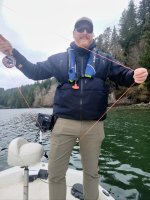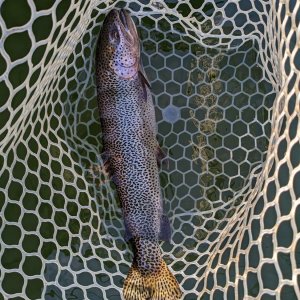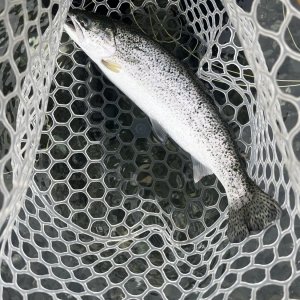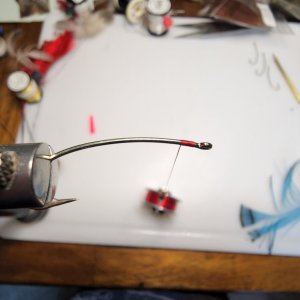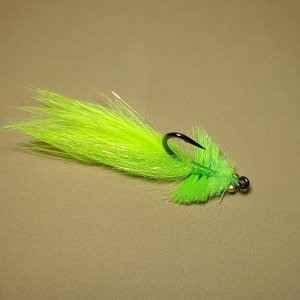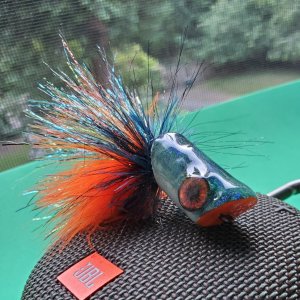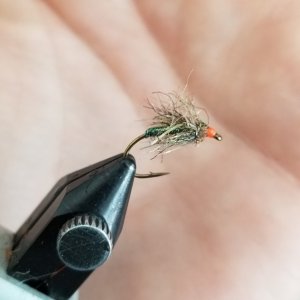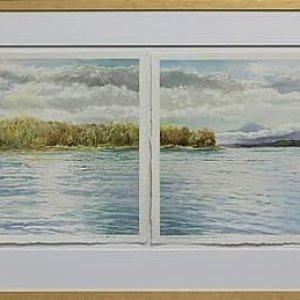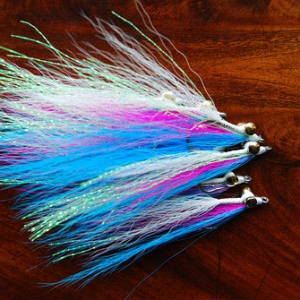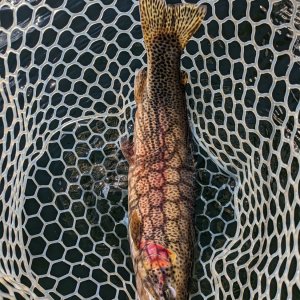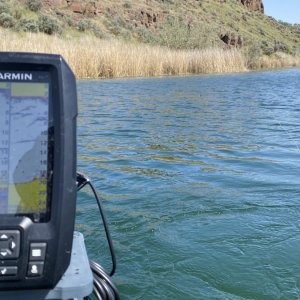I quite like my new Boost Blue. I can feel it load my rio outbound short much better than my Base, and while they still need improvement I am able to double haul, which i struggled to with the Base.
That said, I've noticed my casts have gotten a little shorter, from a 50-70 average down to a 40-55. Are there any specific considerations to keep in mind casting a faster rod?
That said, I've noticed my casts have gotten a little shorter, from a 50-70 average down to a 40-55. Are there any specific considerations to keep in mind casting a faster rod?

